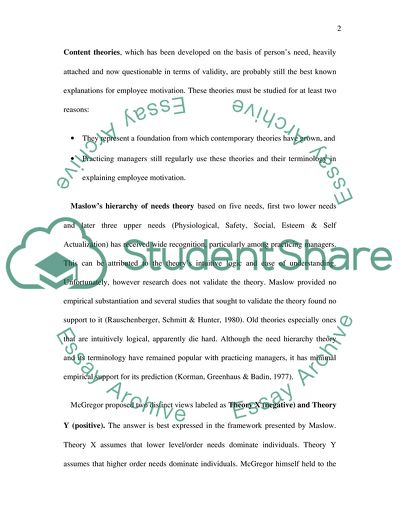Cite this document
(Organizational Behavior Case Study Example | Topics and Well Written Essays - 2000 words, n.d.)
Organizational Behavior Case Study Example | Topics and Well Written Essays - 2000 words. https://studentshare.org/psychology/1714036-human-resources-management-motivation
Organizational Behavior Case Study Example | Topics and Well Written Essays - 2000 words. https://studentshare.org/psychology/1714036-human-resources-management-motivation
(Organizational Behavior Case Study Example | Topics and Well Written Essays - 2000 Words)
Organizational Behavior Case Study Example | Topics and Well Written Essays - 2000 Words. https://studentshare.org/psychology/1714036-human-resources-management-motivation.
Organizational Behavior Case Study Example | Topics and Well Written Essays - 2000 Words. https://studentshare.org/psychology/1714036-human-resources-management-motivation.
“Organizational Behavior Case Study Example | Topics and Well Written Essays - 2000 Words”. https://studentshare.org/psychology/1714036-human-resources-management-motivation.


